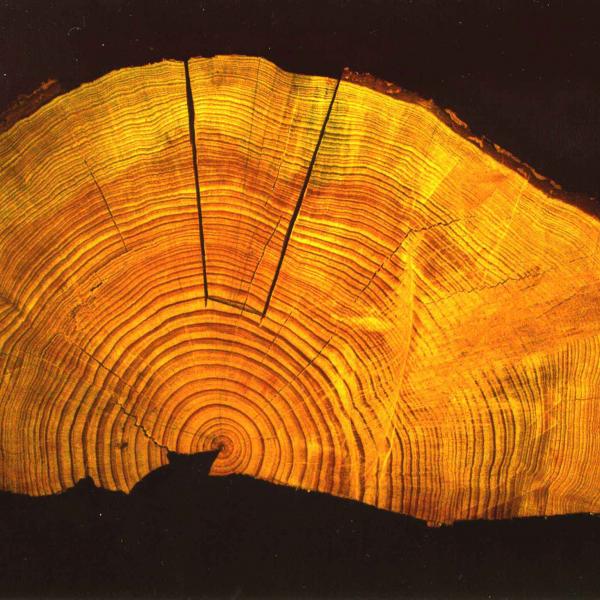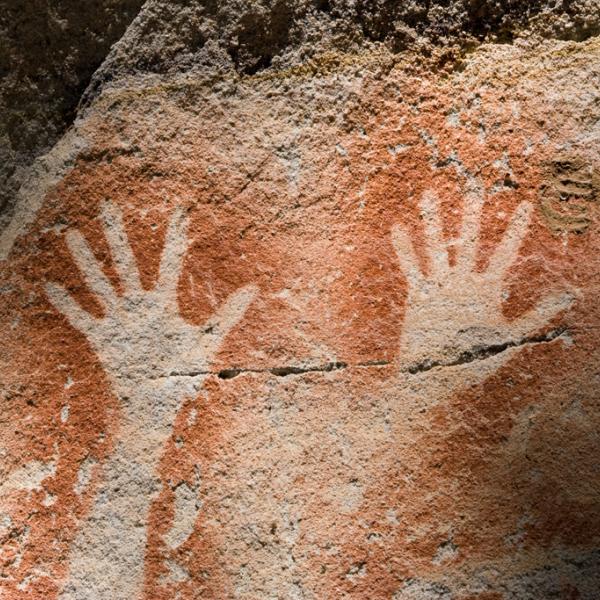
In a paper published yesterday in Quaternary Science Reviews, Traditional Owners and researchers report on the oldest securely dated pottery discovered in Australia, located at Jiigurru (Lizard Island Group) on the Great Barrier Reef in northeastern Australia.
ANSTO proudly supported this investigation. Scientist Dr Quan Hua, an expert in radiocarbon dating, was a co-author (see below).
This significant finding challenges previous notions that Aboriginal Australian communities were unaware of pottery manufacture before European settlement, instead suggesting a rich history of long-distance cultural exchanges and technological innovation long before British arrival.
The ceramics were discovered in an archaeological excavation on Jiigurru conducted by the Australian Research Council Centre of Excellence for Australian Biodiversity and Heritage (CABAH) in partnership with the Dingaal and Ngurrumungu Aboriginal communities for which Jiigurru holds significant cultural importance, serving historically as a site for ceremony, initiation, gathering, and knowledge transmission.
Digital walk-through of the archaeological excavation at Jiigurru (Extract) Credit: Martin Potter and Scott Jackson
Archaeologists excavated the 2.4-metre-deep midden over a two-year period to discover
evidence of occupation, such as the remains of shellfish and fish collected and eaten by people on the island, which are more than 6000 years old. This makes Jiigurru the earliest known offshore island occupied on the northern Great Barrier Reef. Less than a metre below the surface, the team found dozens of pottery sherds dating between 2000 and 3000 years old—the oldest pottery ever discovered in Australia.
Geological analysis of the ceramics indicates the pottery was locally produced using clays and tempers sourced from Jiigurru. The age of the pottery overlaps with a period when the Lapita people of southern Papua New Guinea were known to have produced pottery.
Dingaal clan member and Walmbaar Aboriginal Corporation Chairperson Kenneth McLean said, "Working in collaboration with archaeologists and Traditional Owners and working on Country is something that's never been done before for my people, where we work together on Country, sharing each other's story on Country, and not only sharing this story from our people, the Old People, and from the archaeology side, scientifically, which is a good outcome that we can see. We can look after the Country together.”
Ngurrumungu Elder Brian Cobus said, “Every bit of knowledge we gain helps us tell the story of
Country. Research projects like this help us all to understand Country better and help us to understand how to look after Country.”
CABAH Chief Investigator Distinguished Professor Sean Ulm from James Cook University said
the discovery reveals that the Aboriginal communities in North Queensland had connections
with the pottery-making communities of New Guinea.
“The discovery gives us insights into the sophisticated maritime capabilities of First Nations
communities in this region, and these objects are crucial in understanding the cultural
exchanges that occurred on Jiigurru thousands of years ago,” Professor Ulm explained.
“We think that the ancestors of contemporary Traditional Owners were engaged in a very
widespread trading system. So they traded technology, goods and ideas, knew how to make pottery, and made it locally.”
CABAH Chief Investigator Professor Ian McNiven from Monash University said the evidence
points to a history of deep connections across the Coral Sea, facilitated by advanced canoe
voyaging technology and open-sea navigation skills, contradicting the outdated notion of
Indigenous isolation.
“These findings not only open a new chapter in Australian, Melanesian, and Pacific archaeology
but also challenge colonialist stereotypes by highlighting the complexity and innovation of
Aboriginal communities,” Professor McNiven said.
“The discovery adds a new layer to our understanding of Jiigurru and Indigenous Australians’
role in the broader network of maritime exchange and cultural interaction across the Coral Sea.”
According to Professor McNiven, Jiigurru marks the southern boundary of ancient international
maritime networks that linked eastern north Queensland, southern New Guinea and the Torres
Strait, forming the Coral Sea Cultural Interaction Sphere.
“These networks facilitated the exchange of objects and ideas between Australian and New
Guinean coastal communities over the past 3000 years. While some objects, like cone-shell
body adornments and bamboo smoking pipes indicate widespread sharing of culture and ideas, others, such as pottery, also suggest the sharing of technology.”
CABAH’s research, undertaken in partnership with the Dingaal and Ngurrumungu Aboriginal
communities, formed the basis of the Queensland Museum exhibition Connections across the
Coral Sea: A story of movement. Read more here, explore a virtual tour of the exhibition here,
and browse objects from the exhibition here.
Read more on The Conversation
Content from media release issued by the Australian Research Council Centre for Excellence for Australian Biodiversity and Heritage
Scientist Dr Quan Hua, an expert in radiocarbon dating, provided measurements of the radiocarbon content in coral samples for the accurate determination of local marine radiocarbon reservoir correction (ΔR), and assisted with age-depth and phase modelling for the study site.
Radiocarbon measurements were undertaken using the VEGA accelerator at the Centre for Accelerator Science.
The radiocarbon content of the ocean is usually lower than that of the atmosphere, because of long residence time of carbon in the ocean. Ocean circulation, including surface currents and vertical mixing such as ocean upwelling, creates a marine radiocarbon signal that varies spatially and temporally. Local ΔR value and its temporal changes are therefore required for accurate radiocarbon dating of marine samples.
“We have determined ΔR values for Lizard Islands and the northern Great Barrier Reef. Interestingly, there are large variations in ΔR that have been documented, particularly for the period 7000-5500 years ago.
The team was very careful to take these variations into account in providing an accurate radiocarbon chronology for the excavation as some of the samples fell within this time frame.”




